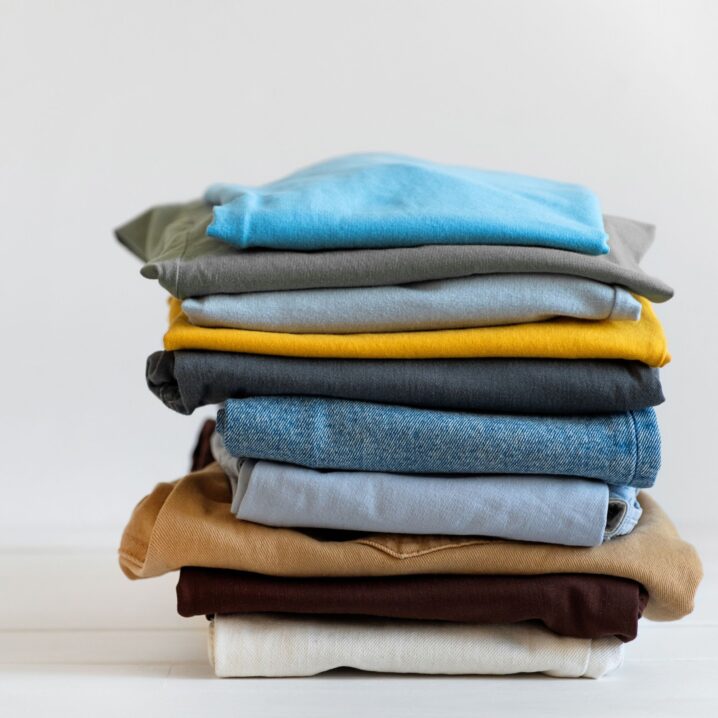
- POPSUGAR Australia
- Fashion
- Australia’s Fashion Waste Problem, and What You Can Do About It
Australia’s Fashion Waste Problem, and What You Can Do About It

Take a guess at Australia’s largest contributors to waste. Chances are, fashion isn’t what came to mind. In fact, fashion is amongst the country’s biggest waste contributors, with more than 200,000 tonnes of clothing and textiles ending up in landfill every year, according to Australian Fashion Council’s ‘Australian Fashion’s New Era’ report.
On average, every Australian buys 56 items of clothing yearly, most of which are made from non-sustainable and non-durable materials. Australia also has no systematic resources for the collection of unwearable clothing and almost no clothing and textiles reprocessing infrastructure on a national scale.
“The fashion industry is one of the largest polluters, but sustainability is a complex topic and one that encompasses everything from supply chains to technology, labour policies to fabrications,” reads the report.
So, what are fashion brands and the fashion industry as a whole doing about it? Well, fortunately, a lot.
Australian brand Jac + Jack will soon publish a 36-month road map to a more sustainable future for themselves and the brand has already virtually eliminated the use of synthetic fibres. The challenges now, the designers say, are educating people on the nuances of sustainability and then conveying improvements to customers.
In 2022, the Australian Fashion Council announced the Australian Fashion Trademark. To receive it, brands must meet the highest standards of authentic, creative and high-quality design. It’s guided by the United Nations Development Goals (UN SDGs), which encourage brands to assess their entire garment or product value chain, from design and sourcing, to end-of-use considerations.
Australian Fashion Council consists of a consortium of members from Charitable Recycling Australia, Queensland University of Technology, Sustainable Resource Use and WRAP. They are working to devise world-class initiatives to improve the design, recovery, reuse, and recycling of clothing, providing a roadmap to clothing circularity in Australia by 2023.
Another of the Australian Fashion Council’s initiatives, the National Clothing Product Stewardship Scheme, which provides a roadmap to achieving Net Zero by 2050, will be formally launched by the Minister for the Environment and Water, Tanya Plibersek in June.
Thread Together delivers clothes that would’ve otherwise gone to landfills to communities that need them most, with the help of funding through philanthropy and partners like Afterpay. Thread Together and Afterpay launched an initiative called reCOUTURE in May 2023. They enlisted big-name Australian designers, like Ginger and Smart and Bianca Spender, to reimagine the life of men’s excess business suits by recycling and repurposing them as couture runway pieces.
“We hope to inspire people to consider the life cycle of the clothing they design, manufacture and own,” says Anthony Chelser of charity, Thread Together. The pieces were shown at Afterpay x #WeWearAustralian closing show on Friday, May 19.
Finally, what can we do, as consumers? In addition to shopping more consciously, only buying what you need and pieces you’ll wear again and again, you can also shop secondhand more, so you’re not contributing more waste into the world. And you can also support organisations like Thread Together with donations.



